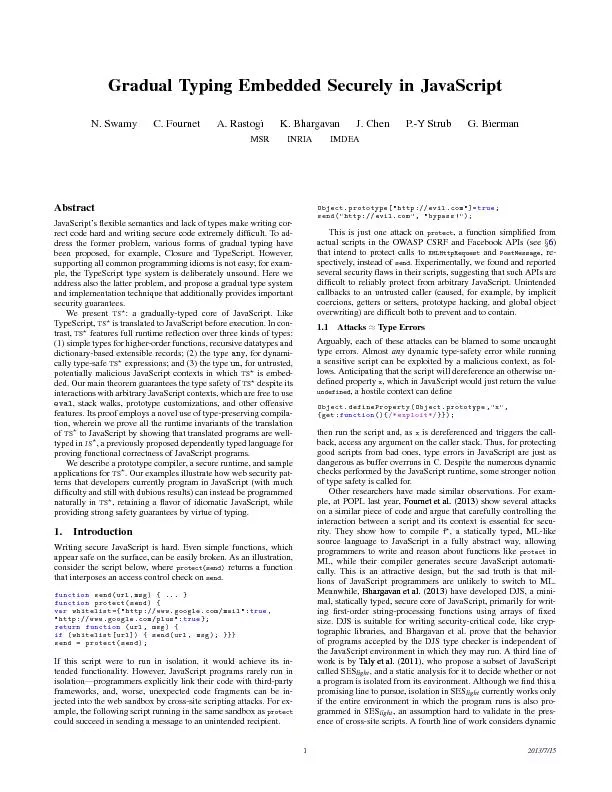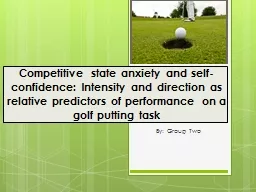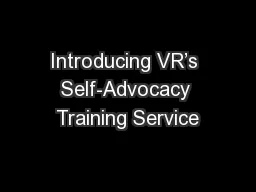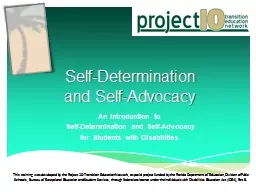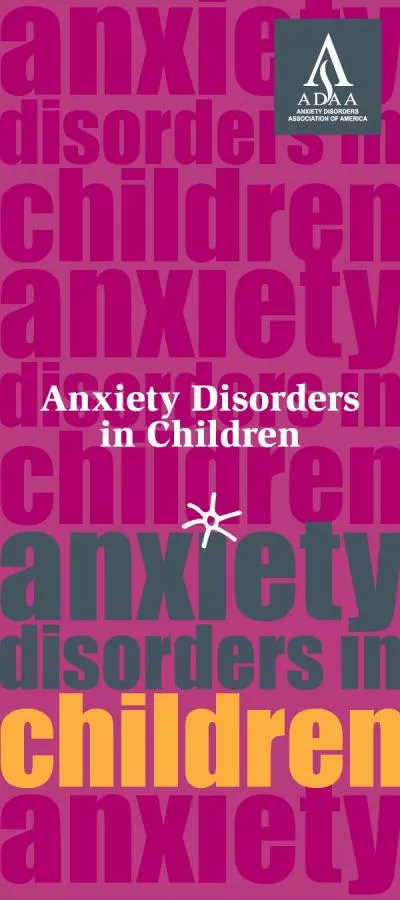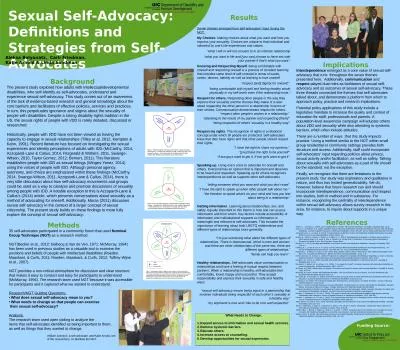PPT-Anxiety and Self advocacy
Author : frogspyder | Published Date : 2020-06-20
what can we do Overview What is anxiety What are common stressors for teens Helping teens manage anxiety Anxiety is Internal sense of worry dread or fear May or
Presentation Embed Code
Download Presentation
Download Presentation The PPT/PDF document "Anxiety and Self advocacy" is the property of its rightful owner. Permission is granted to download and print the materials on this website for personal, non-commercial use only, and to display it on your personal computer provided you do not modify the materials and that you retain all copyright notices contained in the materials. By downloading content from our website, you accept the terms of this agreement.
Anxiety and Self advocacy: Transcript
Download Rules Of Document
"Anxiety and Self advocacy"The content belongs to its owner. You may download and print it for personal use, without modification, and keep all copyright notices. By downloading, you agree to these terms.
Related Documents


